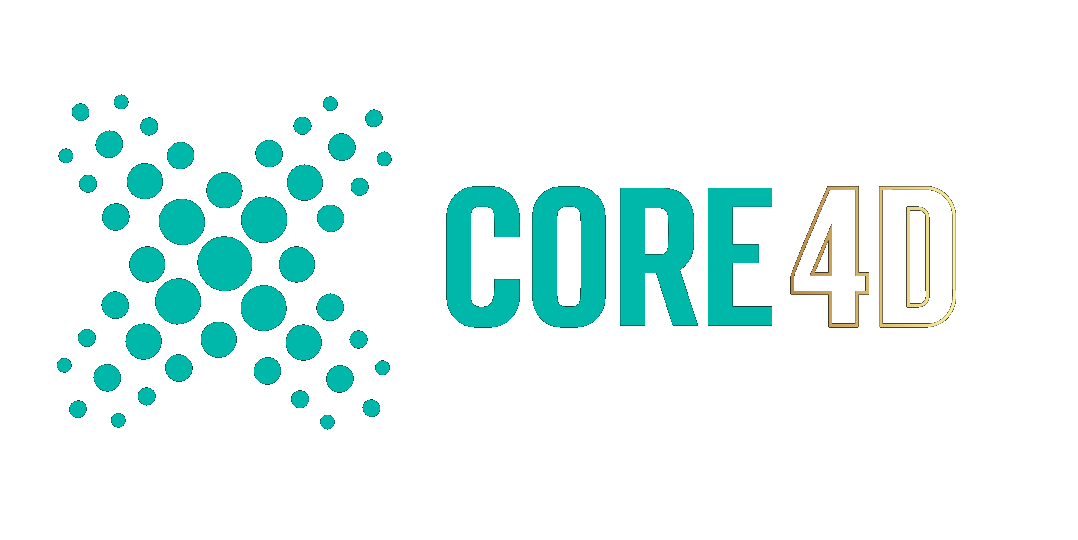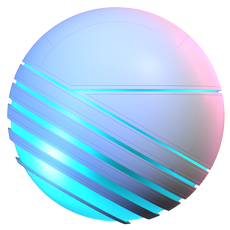Leaderboard
Popular Content
Showing content with the highest reputation on 04/04/2023 in Posts
-
I see that as something quite positive. Newtek never really focused on Lightwave, it was always playing the second fiddle behind Newteks video tools. Good luck to Andrew and the team, it would be a shame if a landmark application like Lightwave perishes.3 points
-
I had one instance where the solo wasn't working, but I didn't have time to investigate, I worked round it. This is something that I use so habitually that I'll be pretty displeased if it's bugged. Thanks. I really wanted them in the right-click menu, but couldn't find how to customise that one, so I did as you suggested, For the icon-less commands, I create a new pallette set to show text only. Did the same with Set Parent & Unparent (Hilariously, I think they did an icon for one & not the otheR)2 points
-
The MAXON Cinema 4D 2023: Modeling Essentials book provides a detailed, step-by-step guide on how to create 3D models using Cinema 4D 2023. It is an excellent resource for individuals with varying levels of experience, including those transitioning from other software to Cinema 4D. This guide is designed to assist readers in getting started with modeling in Cinema 4D by teaching them essential concepts and techniques related to 3D modeling. By applying these skills, readers can produce hard-surfaced objects for their projects. Furthermore, the book covers the OpenVDB-based Volume Builder and Volume Mesher functions of Cinema 4D, which enable users to develop complex models by utilizing boolean-type operations such as adding and subtracting basic shapes. The objective of this book is to help readers improve their skills as Cinema 4D artists and increase their workflow efficiency by offering a variety of tips, tricks, notes, and cautions throughout. It serves as a valuable teaching resource for anyone interested in learning modeling with Cinema 4D 2023. The language used in the book is straightforward and easily understandable, without any technical jargon. The book includes tutorials that take readers through each step of executing tasks in Cinema 4D 2023. Contents Chapter 1 - Introduction to Cinema 4D 2023 Chapter 2 - Tools Chapter 3 - Spline Modeling Chapter 4 - Polygon Modeling-I Chapter 5 - Polygon Modeling-II Chapter 6 - Edge Flow and Topology Chapter 7 - Volumes Who this book is for? Beginners and intermediate users of Cinema 4D Digital artists Motion graphics artists Indie game developers And anyone who wants to learn Cinema 4D What are the prerequisites? No prior experience is required, beginners friendly Cinema 4D software installed on a computer or laptop Eagerness to learn and grow Willingness to be awesome Key Features Learn about the user interface, navigation, tools, functions, and commands in Cinema 4D. Covers all of the fundamentals as well as advanced subjects through easy-to-follow tutorials. Polygon, subdivision, and spline modeling techniques are covered. Volumetric modeling techniques are covered. Comprehensive covering of tools and functions. More than 39 tutorials are included, along with before and after files. There are 36 practice exercises to put your newfound knowledge to the test. Additional guidance is provided in the form of tips, notes, and cautions. Important terms are in bold face so that you never miss them. The material presented under the heading "What just happened?" provides an explanation of how the instructions are functioning. Under the "What next?" heading, the content outlines the steps that should be taken after completing a particular step or set of steps. The resources for this textbook include an ePub file that contains color images of the screenshots and illustrations featured in the book. These images are provided to enhance the learning experience and are included as part of the resources. Access to the starting and ending states of each tutorial, as well as the resources used in the tutorials, is available to you. For more information visit, Neurons Factory website.1 point
-
Hi all. Just found this article about a retired mathematician who found the so called "Einstein" tile. That would be a single tile that can be tiled gaplessly without producing a repeating pattern. https://arxiv.org/pdf/2303.10798.pdf Now I wonder if this could be used in CGI to use a single texture that never shows repetitions. I don't know if this is relevant in any way. I just love to see when year old math problems are solved in my lifetime and I like observing how abstract science finds its way to applied technology... And I had to tell somebody about this (but nobody in my immediate circles would care 😉 ). Anyways. Have an awesome weekend!1 point
-
Not sure what this will mean for anyone, but thought it was worth mentioning: Andrew Bishop is head of animation at Quantum Digital in London. Interesting and shows how the mighty have fallen. So whenever you see something like this, your thoughts turn to your favorite application and where that software may end up over the years should market forces, like AI or the rise of growing conglomerates of software/assets like the new Fab and Unreal, begin to transform the market in ways we could never imagine. For me, that would be like Aixsponza buying C4D. Dave1 point
-
Poly is a new web-based AI-driven texture generator. It is a text-to-image AI that will produce a material based on a prompt and an available Style preset. It needs about 30 seconds to generate a texture. The result will be previewed on a 3D sphere object along with the corresponding Ambient Occlusion, Albedo, Normal, Roughness and Height maps ! You can use Poly to upload and edit your own images and make them Seamless, Upscale them or even produce Normal, Height, Roughness and AO maps using AI. The app is free to use but the subscription plan lets you choose more styles and unbounds you from the maximum 2K resolution to up to 8K.1 point
-
Make 1-20 random greyscale values, this will take you seconds. then right click the gradient and keep hitting "double knots" to multiply how many are there. then finish with a right click and "distribute knots" to evenly spread them out.1 point
-
Thanks. I would prefer to edit the commands back into the right click menu, but couldn't find how to do it on a 5min investigation. So I did as you suggest. For these icon-less commands, I creat a new plaette & display only text, no icon, then dock that in where I need it. Had to do the same for 'Set Parent' & 'Unparent' (hilariously, I think they did an icon for one & not the other.1 point
-
And the often requested carpet roll 🙂 120_Carpet_Roll(MG+XP).c4d1 point
-
OMG! You are the man! Thank you very much for your highly detailed answer. I didn't understand why they applied the footage to the geometry they use as the shelf. That makes it very clear. I'm making progress. I am able to use the Physical Render with the Sky Object and Not Seen By Camera on a compositing tag. I placed the same image sequence on my Voronoi Object as my camera track. With global Illumination i get nice shadows and the fractures start to show in the road through the texture. I set the textures projection to frontal. I'm not sure if this is correct. Again, thank you VIZN for that highly detailed answer. 🙂1 point
-
1 point
-
I use similar OSL shaders in Octane. Very cool. But nice find this Einstein tile! Wonder if it has special features for engineering.1 point
-
Send me that model, and I will retopo it beautifully for you. CBR1 point
-
Νο. In order to do that you'd need to fit your texture inside the einstein tile in a certain way that would repeat no matter how the einstein tile will be positioned next to itself. In other words you'd need a second einstein tile to fit inside the first einstein tile. (if you want it to look seamless that is) C4D already has a non-repetitive way to tile textures (probably faster than any polygonal tiling method) and it's called Scatter Node. Not many users know it because it can only be used in Material nodes and most users don't use those. https://help.maxon.net/c4d/en-us/Default.htm#html/NET_MAXON_PATTERN_NODE_GENERATOR_SCATTER.html?TocPath=Node%20Editor%7CIndividual%20Assets%7CContext%7CScatter%7C_____01 point
-
Math as Art is always welcomed in this forum. If you are into these things I recommend taking a look at papers from Bridges - Mathematical Connections in Art, Music and Science You can use the MoSpline to create aperiodic patterns. So far the aperiodic monotile has no L-system. I tried the Penrose tiling here penrose tiling.c4d A couple of years ago I had a small talk about new tiling features regarding the Cloner object with Rick Barrett, he found the ideas interesting and said he would consider a similar implementation on their new system (referring to the later released Neutron Project AKA SceneNodes). Theoretically you can use the classical Cloner to create any pattern of mixed polygons if their center can be laid on a regular square grid. But non-repetitive tiling is trickier and each case is governed by it's own rules so I don't think there is a way to create such patterns natively in C4D. I would use other apps as helpers to export to C4D like InkScape or VisionsOfChaos (actually I take my Penrose tiles from Ready).1 point



